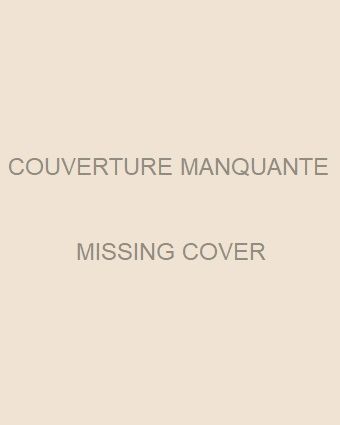
Editorial
[author : Jonathan Erickson] #Edito
TABLE OF CONTENTS
FEATURES
Collision Detection
[author : Dave Roberts]
Collision detection is fundamental to fast-action arcade games. Dave examines various collision-detection techniques and presents code that enables your game programs to run as fast as possible.
Theatrix: A C++ Game Class Library
[author : Al Stevens]
Theatrix is a C++ class library that encapsulates the operations of a typical game arcade.
Video for Windows and WinG
[author : Christopher Kelly]
Chris develops a custom draw handler like that found in WinToon, then uses it in conjunction with WinG, Microsoft's games interface, to scroll text across a video window.
Music and Sound for Interactive Games
[author : John W. Ratcliff]
There's more to creating exciting games than tight coding. John discusses the major components of effective sound tracks, while Rob Wallace shares his experiences with sound-related tools and techniques.
Attached Sprites
[author : Diana Gruber]
The use of "attached" sprites is a standard game-programming technique. Diana shows how to use them to perform efficient sprite animation.
Using the VESA BIOS
[author : Brian Hook and Kendall Bennett]
To help make high-performance graphics a reality, the Video Electronics Standards Association has released the VESA BIOS Extension 2.0.
Implementing Games for Windows
[author : James Finnegan]
The WinG interface provides the performance you need for realistic games, and the WaveMix DLL gives you the ability to mix sound files at run time. Together, they enable you to create powerful Windows-based games.
COLUMNS
Ramblings in Real Time
[author : Michael Abrash]
BSP trees are at the heart of games such as DOOM. Michael examines the structure of BSP trees and shows how you can use them.
DTACK Revisited
[author : Hal W. Hardenbergh]
Do video-on-demand and similar network services available via fiber-optic cable have a future? Hal ponders this and other questions.
Patterns and Software Design
[author : Richard Helm and Erich Gamma]
The key to creating reusable software is anticipating how people might reuse it. Extensible objects provide the flexibility for just about any contingency.
Software and the Law
[author : Marc E. Brown]
A well-written software-development contract is essential to maintaining a good business relationship. Marc covers the most important clauses you should consider in writing your next contract.